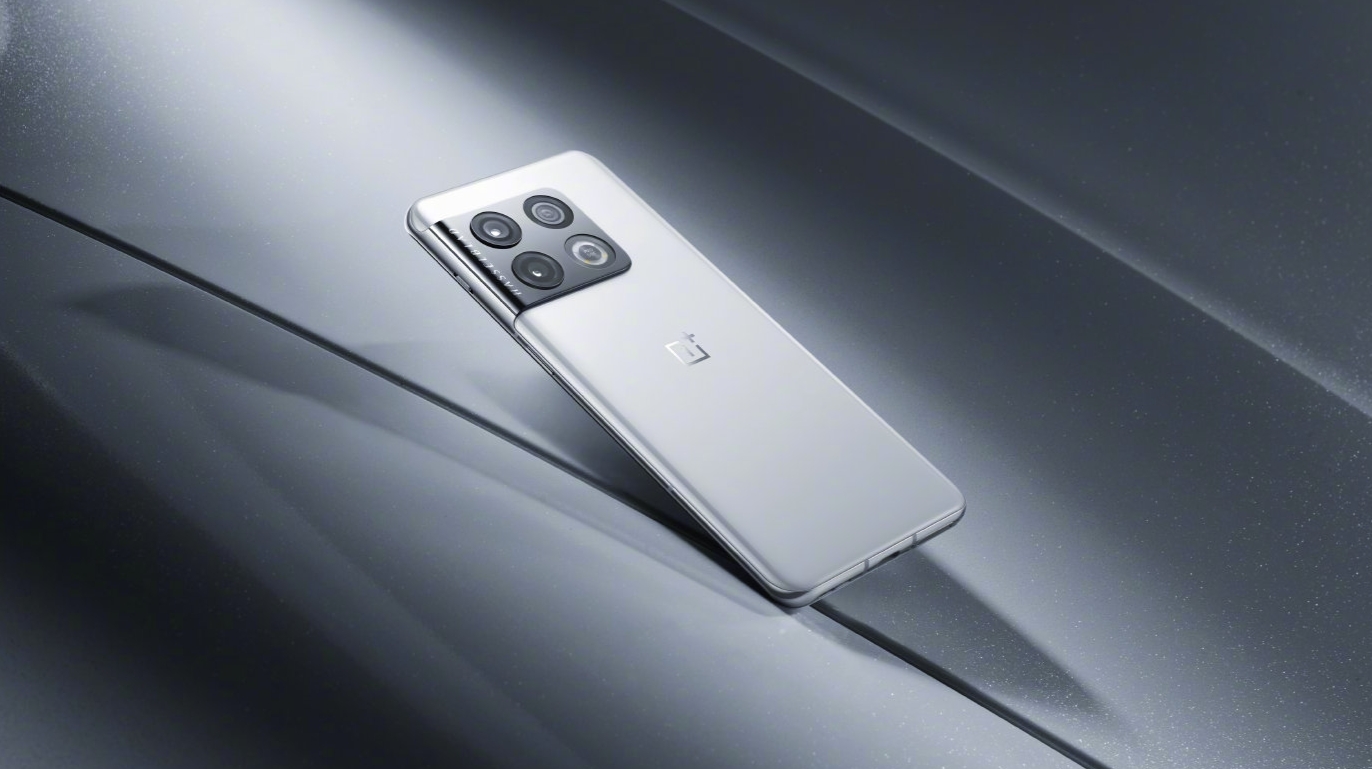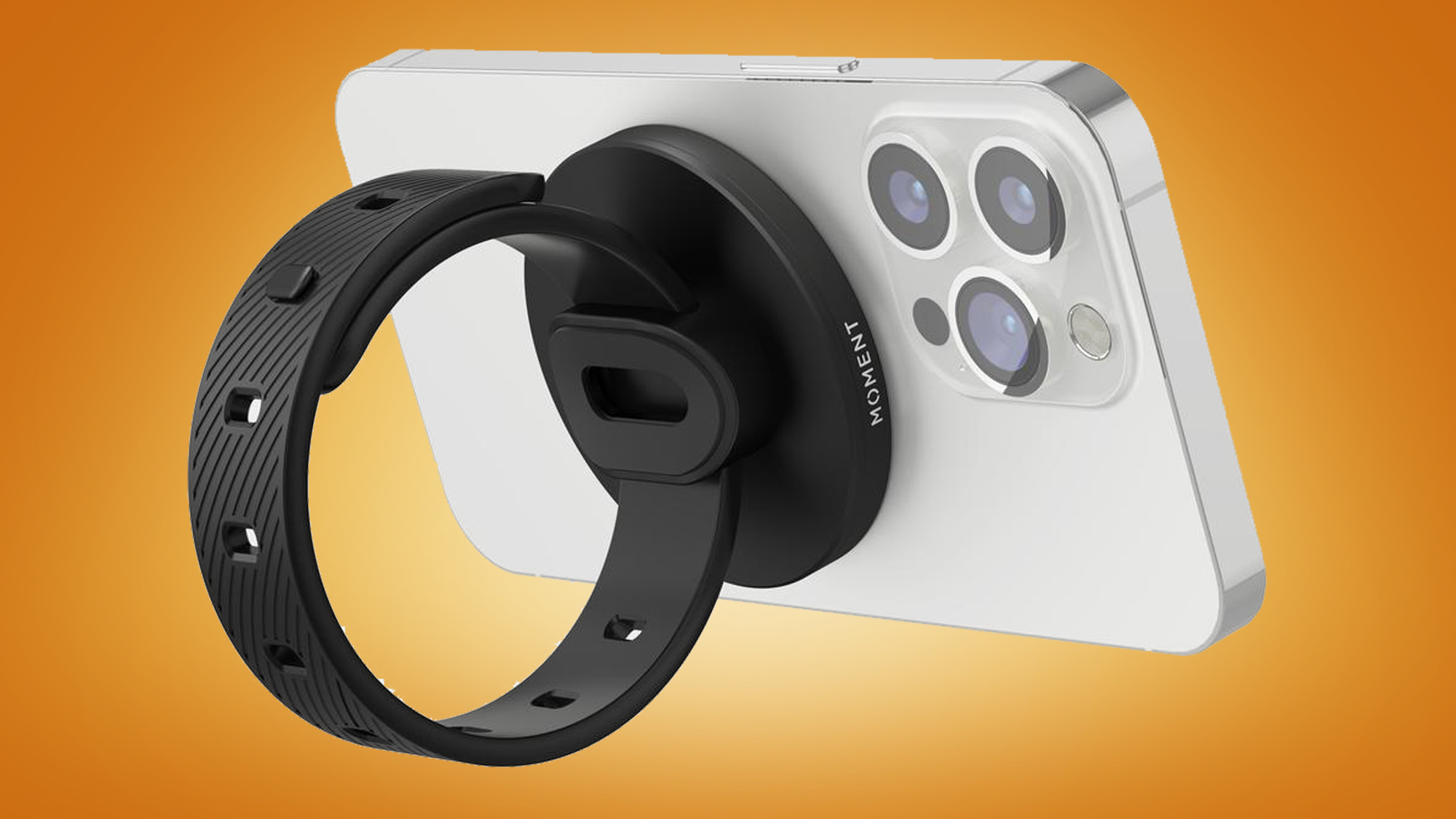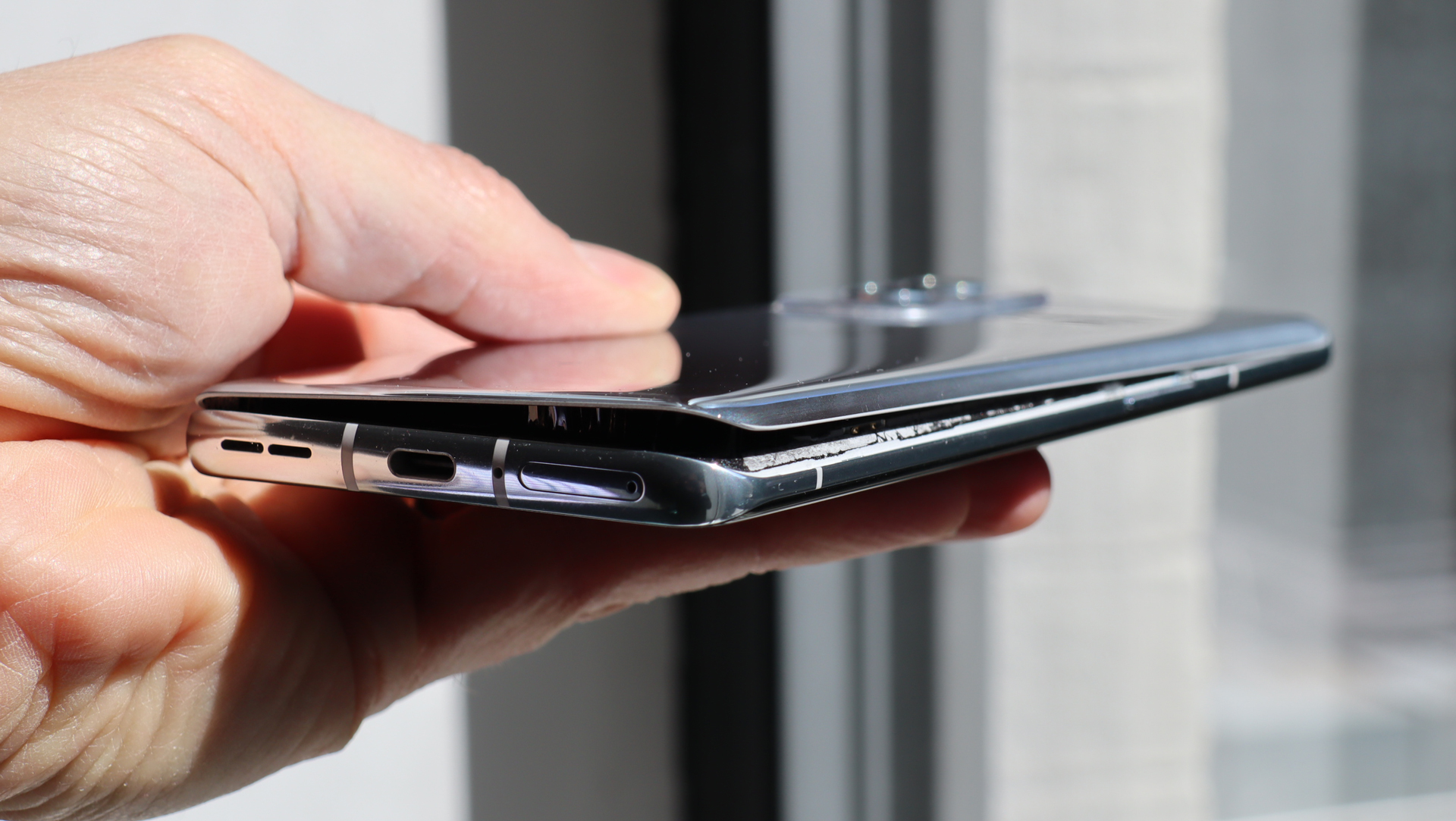In what may be another big win for the Right to Repair crowd, Samsung is preparing to let Galaxy smartphone owners fix their own phones at home.
Starting this summer, the South Korean tech giant will send Galaxy S20, Galaxy S21, and Tab S7 owners genuine parts, tools, and step-by-step instructions so they can repair their broken Samsung devices.
Samsung is partnering with gadget repair and teardown mavens iFixit, though it's not yet clear if the company will be providing just the tools, the guidance, or perhaps both, with the parts supplied by Samsung.
The repair options will initially be somewhat limited to replacing display assemblies, the back glass, and charging ports. A battery replacement is not included in these options. However, according to Samsung, the display repair kit does come with a new battery at no extra charge.
Samsung will accept any parts consumers remove for safe recycling.
It's an exciting option for enterprising Samsung customers who hope to extend the life of aging products and have no interest in sending them out or visiting an authorized (or unauthorized) repair center.
Samsung has 2,000 repair centers in the US. Groups like Right to Repair have been campaigning for customer access to all kinds of consumer electronics parts, tools, and instruction for years.
Samsung follows Apple, which after dramatically expanding its repair network and third-party access to authorized parts and tools launched a self-repair program in November of last year. Among the repair options, Apple included the brand new iPhone 13. Samsung's move seems slightly more limited.
The company is only opening up customer repair for a limited set of aging handsets and one tablet, and not yet making it a global program. According to a spokesperson, the new Samsung Galaxy S22 line is not on the list.

However, Samsung tells TechRadar: "Currently, we are focused on launching the self-repair program in the United States with support for the Galaxy S20 and S21 family of products and the Galaxy Tab S7+. We have plans to expand the range of products, parts, and self-repair capability as the program matures."
While pricing for parts and tools is expected to reflect what Samsung typically charges retail repair providers, the company has yet to provide a pricing breakdown. It expects to do so when the program launches this summer.
As for who should repair their own Samsung Galaxy devices, Samsung isn't being as prescriptive as Apple, which recommends "individual technicians with the knowledge and experience to repair electronic devices."
Samsung told TechRadar "we advise Galaxy device owners to review the repair materials and then make an informed decision to conduct the repair themselves or contact Samsung Care to explore other options for repair."
- Wondering how possible future self-repair candidate Samsung Galaxy S22 will hold up? Read our full review










